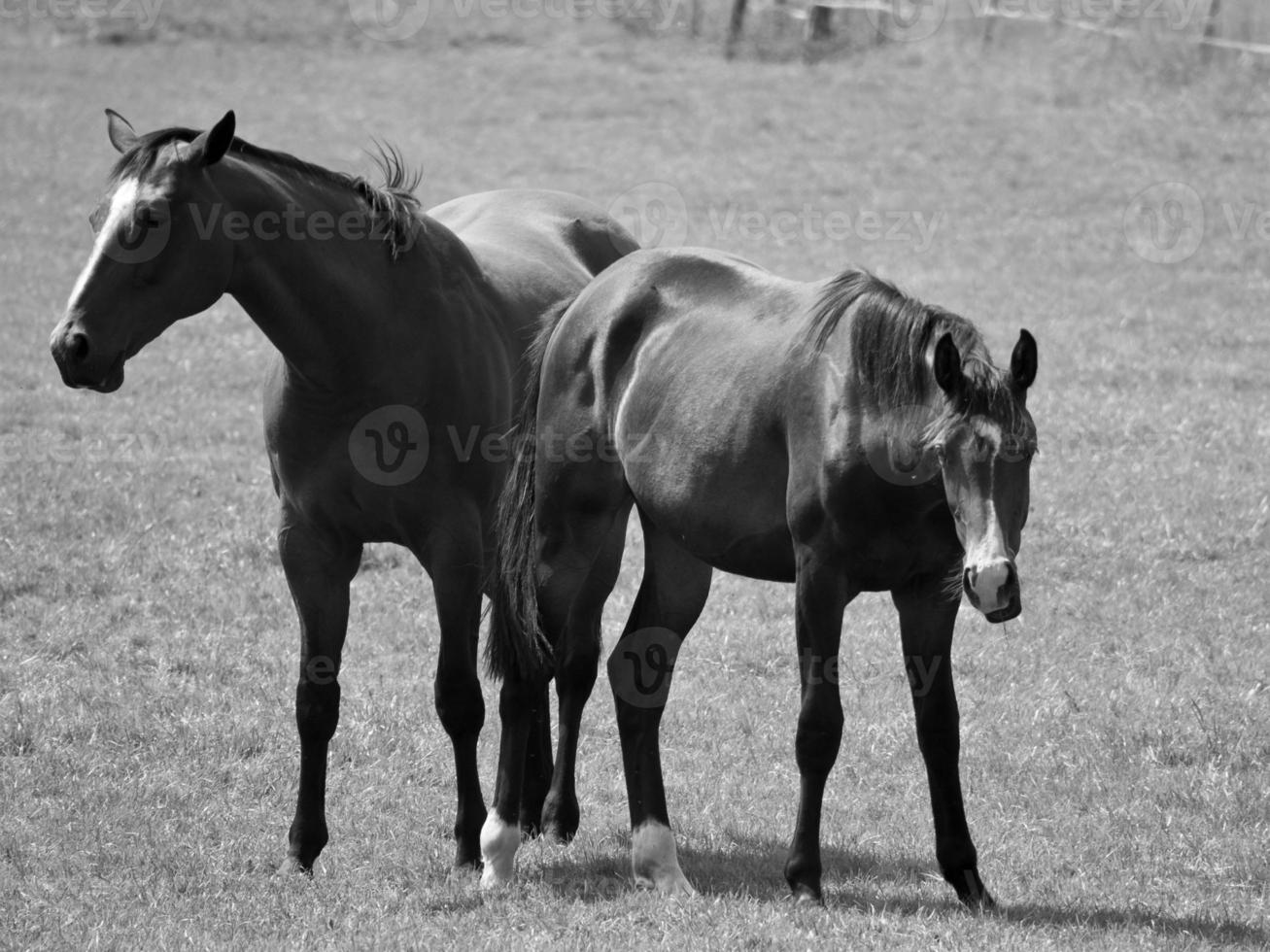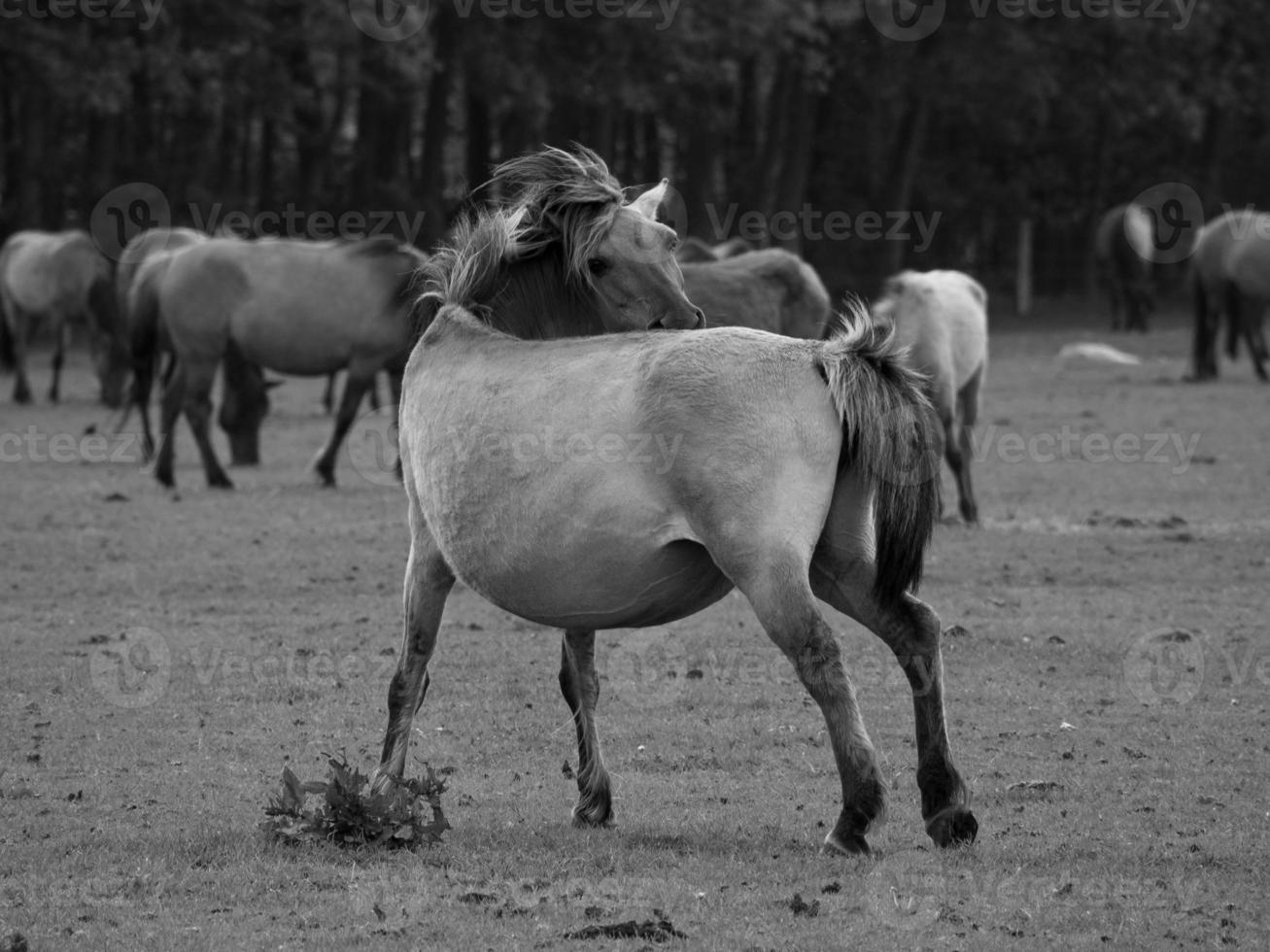Ever wondered what happens when horses mate up close? Well, buckle up because we’re diving deep into the world of equine reproduction! If you’re here, chances are you’ve got a curiosity for all things horses – and that’s awesome. Whether you’re a seasoned horse owner or just someone fascinated by nature’s processes, this guide has got you covered. We’ll explore the intricate details of horse mating, breaking it down in a way that’s both informative and easy to digest.
You might be thinking, “Why do I need to know about horses mating closeup?” Well, my friend, understanding the reproductive process of these majestic creatures isn’t just for farmers or breeders. It’s a fascinating biological phenomenon that sheds light on how life begins in the animal kingdom. Plus, who doesn’t love learning cool facts about horses, right?
Before we dive in, let’s set the scene. Picture this: a sunny pasture, two horses locking eyes, and nature taking its course. But there’s more to it than meets the eye. This article will break it all down for you, from the biological aspects to the practical considerations. Let’s get started!
Read also:Iqvia Layoffs 2025 What You Need To Know And How To Navigate The Storm
What Happens During Horses Mating Closeup?
Alright, let’s talk about the main event. When horses mate closeup, it’s not just about two horses getting together – it’s a highly orchestrated process involving hormones, instincts, and a little bit of luck. The act itself can vary depending on factors like the horses’ age, health, and environment. Here’s what typically goes down:
First, the stallion will approach the mare cautiously, sniffing her to check if she’s in estrus. If she is, things start heating up. The mare will usually stand still, giving the stallion the green light to proceed. The actual mating process lasts only a few minutes but packs a punch in terms of biological significance.
Fun fact: Horses are induced ovulators, meaning the mare ovulates after mating. This ensures that her eggs are perfectly timed to meet the sperm, increasing the chances of conception.
Key Stages of Horses Mating
Here’s a quick rundown of the stages involved:
- Courtship: The stallion and mare exchange signals, often involving mutual grooming and sniffing.
- Mounting: The stallion positions himself behind the mare and mounts her.
- Ejaculation: This is the moment when the stallion releases sperm into the mare’s reproductive tract.
- Post-mating behavior: Both horses may take some time to recover before resuming normal activities.
Understanding the Biology Behind Horses Mating
Now that we’ve covered the basics, let’s dig into the science. The reproductive system of horses is pretty remarkable. For starters, mares have a unique reproductive cycle that’s driven by hormones like estrogen and progesterone. These hormones dictate when she’s most fertile, typically during the spring and summer months.
On the other hand, stallions are always ready to go, but their performance can be influenced by factors like stress, diet, and overall health. This biological dance between the sexes is what makes horse breeding such an intricate process.
Read also:Does Faith Hill Have Cancer Debunking The Rumors And Uncovering The Truth
Let’s break it down further:
The Mare’s Reproductive Cycle
A mare’s cycle lasts around 21 days, with estrus (the fertile phase) occurring for about 5-7 days. During this time, her body is primed for mating. If she doesn’t conceive, the cycle starts all over again. It’s a fascinating process that highlights the efficiency of nature’s design.
Why Is Horses Mating Closeup Important?
Understanding horse mating closeup isn’t just for the sake of knowledge – it has practical implications too. For breeders, knowing the ins and outs of equine reproduction can mean the difference between a successful breeding season and a disappointing one. Plus, it helps ensure the health and well-being of both the mare and stallion.
But even if you’re not a breeder, learning about this process can deepen your appreciation for horses and their natural behaviors. It’s all about respect and understanding, after all.
Common Misconceptions About Horses Mating
There are plenty of myths floating around about horse mating. Let’s clear a few up:
- Mares always want to mate: Nope. A mare will only be receptive during her estrus phase.
- Stallions are aggressive during mating: While some stallions can get a little feisty, most are gentle and follow the mare’s lead.
- Horse mating is dangerous: With proper management and supervision, the process is generally safe for both horses.
How to Safely Supervise Horses Mating
If you’re involved in horse breeding, safety should always be your top priority. Here are some tips to ensure everything goes smoothly:
First, make sure both horses are healthy and free from any underlying conditions. A vet check before mating is a must. Next, choose a safe location – a spacious paddock or arena works well. Finally, have someone experienced present to supervise the process and intervene if necessary.
Signs of a Successful Mating
So, how do you know if the mating was successful? Here are a few indicators:
- The mare stands still and allows the stallion to mount her.
- The stallion completes the act without any issues.
- Both horses appear calm and relaxed afterward.
Of course, the ultimate sign of success is a positive pregnancy test a few weeks later!
Challenges in Horses Mating
Let’s face it – not every mating attempt goes perfectly. There are challenges that can arise, such as:
Incompatibility between the horses, health issues, or even environmental factors. That’s why preparation and planning are key. If you’re dealing with a difficult mare or stallion, consider consulting a professional breeder or veterinarian for guidance.
Solutions to Common Problems
Here are a few solutions to common mating problems:
- Reluctant mare: Try introducing her to the stallion gradually, allowing her to get comfortable.
- Overzealous stallion: Use a teaser stallion to help gauge the mare’s receptiveness.
- Health issues: Address any underlying health concerns before attempting to breed.
What Happens After Horses Mating Closeup?
Once the deed is done, the real work begins. The mare’s body will go through a series of changes as it prepares for potential pregnancy. If conception occurs, the gestation period lasts around 11 months – plenty of time to get excited for a new foal!
During this time, it’s important to provide the mare with proper nutrition and care. Regular vet check-ups are a must to ensure everything is progressing smoothly.
Signs of Pregnancy in Mares
Wondering if your mare is pregnant? Here are some signs to look out for:
- Increased appetite
- Changes in behavior
- Swollen udders
Of course, a vet’s confirmation is the best way to know for sure!
Fun Facts About Horses Mating Closeup
Let’s wrap things up with some fun facts about horse mating:
Did you know that horses can mate multiple times in a single day? Or that mares are more likely to conceive if they’re in a stress-free environment? These little tidbits highlight just how fascinating the world of equine reproduction truly is.
Why You Should Care About Horses Mating
Whether you’re a horse enthusiast or just someone curious about nature, understanding horse mating closeup offers valuable insights. It’s a reminder of the beauty and complexity of life, and how everything is interconnected.
Conclusion
And there you have it – the ultimate guide to horses mating closeup. From the biological processes to the practical considerations, we’ve covered it all. Remember, knowledge is power, especially when it comes to something as important as equine reproduction.
So, what’s next? If you’ve got questions or want to share your own experiences, drop a comment below. And if you found this article helpful, don’t forget to share it with your fellow horse lovers. Together, let’s keep the conversation going!
Until next time, stay curious and keep learning. Cheers!
Table of Contents
- What Happens During Horses Mating Closeup?
- Key Stages of Horses Mating
- Understanding the Biology Behind Horses Mating
- The Mare’s Reproductive Cycle
- Why Is Horses Mating Closeup Important?
- Common Misconceptions About Horses Mating
- How to Safely Supervise Horses Mating
- Signs of a Successful Mating
- Challenges in Horses Mating
- Solutions to Common Problems
- What Happens After Horses Mating Closeup?
- Signs of Pregnancy in Mares


